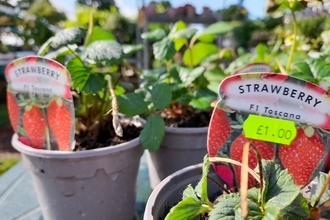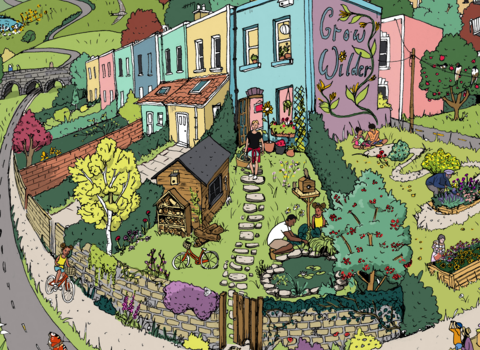Team Wilder Resources Risk Assessments
Risk Assessments
You do a risk assessment before you do anything and you probably don’t even realise you’re doing it! It just refers to what you think about before you do something. You’ll do them all the time – before you cross the road, for example. A risk assessment that you don’t write down, and just do in your head, is called a “dynamic risk assessment”.
The other type of risk assessment is a “formal risk assessment”. You write these down and keep them as a record.
Everything has some kind of risk. Don’t worry if your activity has risks. The risk assessment will help you work out what those risks are, and what you can do about them.
Hazards and Risks
A hazard is something that could cause harm.
A risk assessment looks at all the hazards, and works out how harmful they are. It also works out how likely it is that the hazard happens. A hazard that is both very likely AND very harmful would be too dangerous to do.
We use a “matrix” to score hazards. These can have a different number of boxes, but there is a simple version pictured below.
If something is high risk (might kill you) AND very likely – the box is red. If something falls in the yellow boxes, then you need to decide whether you can make the risk less likely, or the harm caused smaller.
The things you put in place to make the risk less or the harm smaller are called “control measures”.

Risk Assessments Hazards

The Paperwork
Keep copies of your risk assessments. Make sure they are dated.
Do you have someone who is responsibly for health and safety? It can be useful to have trained first aiders, too. If you have a written Health and Safety Policy, this can be very useful when you’re applying for funds or want to hire premises. Review your policy every year.
Keep an “accident book”. If someone is hurt, write it down, with details about how they got hurt, and what treatment they had.
Keep a list of all your equipment and keep the manuals. Think about what training people need to use the equipment, and write it down. Make sure you tell people how to use the equipment safely, and keep a record of that.
Some substances, like paint thinners, are dangerous. You’ll need to use them properly and store them safely. This comes under a rule called “Control of Substances Hazardous to Health” (or CoSHH) and you can find more information from the Health and Safety Executive.
The Law
The Health and Safety at Work Act 1974 protects people doing paid work, but it’s also “strongly recommended” that groups with volunteers follow the rules too. This means providing:
- Safe equipment
- Safe substances
- The right information and training
- A safe place to work
Other Considerations
Some work with vulnerable adults and children has to be done by someone with an “enhanced criminal record check.” See our safeguarding information.
If you provide food and drink at an event, you must make sure it’s safe to eat and complies with the Food Safety Act
Also see our information about Insurance for Groups.
Resources

National Lottery Heritage Fund
Be part of Team Wilder
All actions for nature collectively add up and creates life for people and wildlife.
Share your actions for nature, like Tom by sharing and tagging @avonwt on social media and
Log your actions for nature on the map










